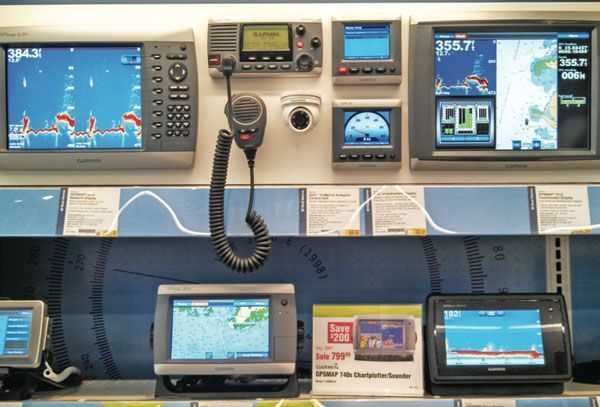There are folks out there who treat their electronics about as well as they do a dirty old cooler. Obviously, you should protect your electronics from weather and water as much as possible and use the provided screen, plug, and connector covers. But there are some other simple steps you can take to extend the life of your electronics and protect those valuable coordinates you’ve spent countless hours collecting.
It may be a pain, but find time every now and then to inspect components. Take a look at all the contacts, connections and wiring. Look out for corrosion, bent pins or aging cables and wires. Also check antennas for cracks that could allow moisture in. These can all affect the performance of your electronics in the short term and may lead to bigger problems if left untreated. While you’re at it, take a look at the transducer. Marine growth will lower the level of performance.
The next tip may be the most frequently disregarded one out there. Don’t leave your unit in the car. High temperature can have the same effect on electronics that it did on the cassette tapes that once melted to your dashboard. And on the subject of heat, electrical surges will fry units just like they will a home computer. There should have been surge protection involved with installation. But to play it safe, don’t ever start the engine with electronics turned on.

Yea, all of this was covered in the manual. However, judging from the online troubleshooting forums, we either didn’t get that far with the reading or we forgot.

